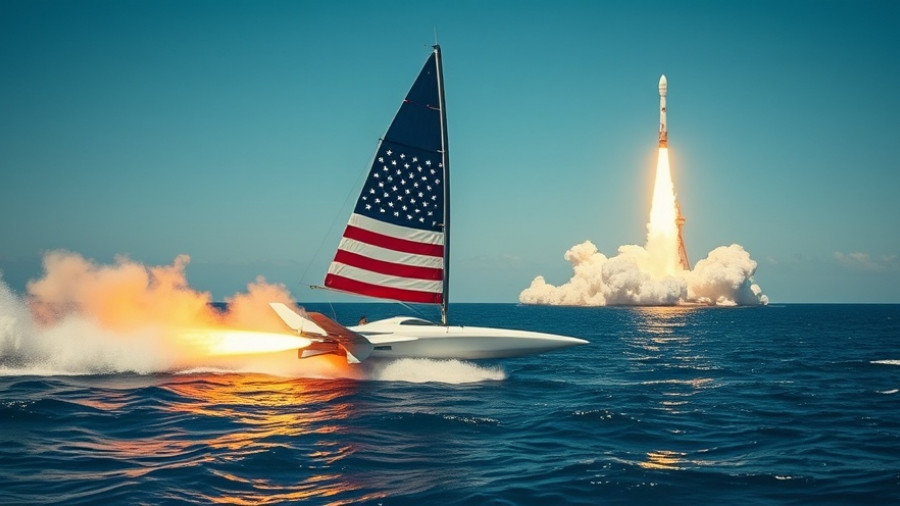
Tragic Aviation Mishap in California: Remembering a Dedicated Marine
On October 16, 2025, the military community faced a profound loss when an AH-1Z Viper helicopter, belonging to the Marine Light Attack Helicopter Squadron (HMLA) 369, encountered a tragic mishap during a training exercise near Imperial Gables, California. This incident resulted in the death of Maj. Tyler R. Braconi, a seasoned pilot known for his commitment and bravery. While another pilot was hospitalized and is currently in stable condition, the incident has deeply affected not only the families involved but the greater military community.
Honoring a Fallen Hero: Maj. Tyler R. Braconi
Maj. Tyler R. Braconi, 35, a recognized aviator, was conducting routine flight operations in support of the Marine Corps Weapons and Tactics Instructor Course at the time of the mishap. His fellow Marines and command expressed deep sorrow over his passing, highlighting his exceptional service and the legacy he leaves behind. Lt. Col. Christopher Hart, commanding officer of HMLA-369, shared how Braconi embodied the spirit of a ‘Gunfighter,’ a term that pays homage to the squadron's storied history and their dedication throughout conflicts.
The Risks of Military Service: Understanding the Context
While military training is essential for operation readiness, incidents like this underscore the inherent risks that service members face. In 2024, five Marines lost their lives in a helicopter crash in Southern California, emphasizing the dangers that accompany military readiness. The recent mishap brings to light vital conversations about safety protocols and the resources available for Marine pilots during training exercises. As injuries and fatalities occur even during routine flights, addressing these concerns could help bolster the safety of training operations in the future.
Behind the Lines: The Community's Heartfelt Reactions
In addition to the immediate circle of family and friends, the outpouring of support from the larger community speaks volumes about the impact of Maj. Braconi's service. Many individuals are sharing their stories, highlighting the camaraderie and bravery that characterizes those in the armed forces. The dedication shown by service members resonates with citizens who wish to honor their sacrifices, raising awareness of the daily realities they face.
Moving Forward: Supporting Veterans and Their Families
As discussions regarding military aviator safety and protocols continue, there is also a call to action to support the families of fallen service members. Governmental and non-governmental organizations are emphasizing the importance of providing resources and assistance for those grieving the loss of loved ones in the line of duty. This tragic event serves as a reminder of the sacrifices made by military families and the collective responsibility the community has to provide ongoing support.
Conclusion: A Community United in Grief and Gratitude
The loss of Maj. Tyler R. Braconi illustrates the bravery of our service members and their willingness to sacrifice on behalf of our nation. As we reflect on this tragedy, it is imperative to stand by the grieving families, offering support, compassion, and recognition of their unwavering commitment. Together, we can ensure that the legacy of those who serve is honored and celebrated, while working towards safer training practices and resources that protect our heroes.
 Add Row
Add Row  Add
Add 




Write A Comment